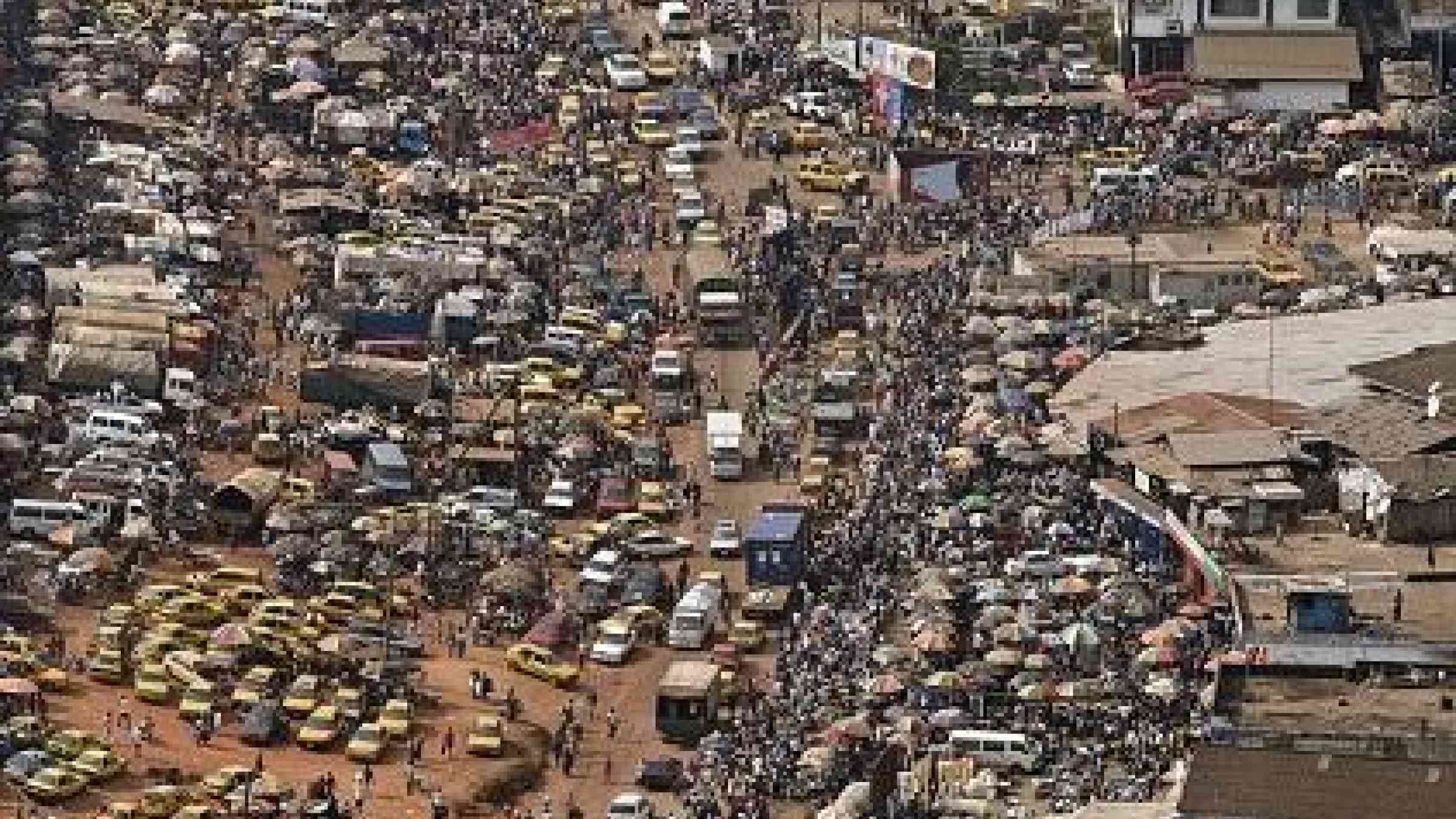
Addis Ababa, 15 July 2015 – Local governments are key players in disaster risk reduction and sustainability, and need the financial muscle to tackle threats posed by natural and man-made hazards, according to participants at the Third International Conference on Financing for Development.
“Local governments are part and parcel of the solution,” said Margareta Wahlström, Special Representative of the UN Secretary-General for Disaster Risk Reduction. “Not only do cities globally generate 70 percent of carbon emissions but they also generate 70 percent of global GDP. So what cities do really matters for the future of countries and the world".
The role of local governments is underlined in the Sendai Framework for Disaster Risk Reduction, an all-encompassing, 15-year global accord adopted in March.
It seeks to curb the human and economic impact of disasters and prevent the creation of new risk, in a world where climate change and breakneck urbanisation have seen a rise in the number of people threatened by hazards such as cyclones, floods, earthquakes and epidemics.
By 2050 over 70 percent of the world’s population will live in cities, up from just 10 percent on the eve of the First World War.
“As UN Secretary-General Ban Ki-Moon has said, the battle for sustainable development will either be won or lost in cities,” said Aisa Kirabo Kacyira, Deputy Executive Director of UN-Habitat and former mayor of the Rwandan capital Kigali.
According to the 2015 Global Assessment Report, a wide-ranging study of disaster risk by Ms. Wahlström’s office, UNISDR, 60 percent of urban buildings and infrastructure set to be on the planet by 2030 still remains to be constructed.
“The disaster dimension of our lives, if it was ignored before, can no longer be ignored,” said Jean Pierre Elong Mbassi, Secretary General of United Cities and Local Governments of Africa.
He underscored concerns about the way local authorities’ purse strings are controlled by central government, leaving too little room for manoeuvre.
“Local governments are the ones trying to find the solutions and harnessing the difficulties, yet the monies often never go to local governments. I hope that we’ll all work together to implement the Sendai accord,” he added.
Conference host Ethiopia has worked with the World Bank on new ways to get funds directly to communities, said Mekuria Haile, Minister of Urban Development. He detailed the country’s new Ethiopian Cities Sustainable Prosperity Initiative, due to be rolled out in September, under which communities that contribute to sustainability receive matching funds.
Investing to resolve emerging problems is critical and makes good financial sense, said Ms. Kacyira.
“A recent study by the World Bank indicated that if urbanisation is unplanned, we leave it to go the way it is, and we come to correct it, often it’s not less than nine times the cost financially of doing it proactively. And that’s even without the political and social complications of trying to reorganise a chaotically-settled urbanisation process,” she said.
A major area of concern around the globe is how to deal with informal settlements, whose inhabitants are among the poorest and thus the most vulnerable to disasters.
Helping them to help themselves is often the best solution, said Ms. Kacyira.
“In our quest to address the issue of urban poverty by giving aid, we have not adequately tapped in to the potential existing even in informal settlements,” she said. Programmes in Somalia’s second city of Hargeisa and Afghanistan’s capital Kabul have shown how local residents are prepared to take part in civic projects, spurring development and resilience.
In order to generate momentum for the reduction of urban risk, UNISDR five years ago launched the Making Cities Resilient campaign. It has grown into a global network of more than 2,600 communities, and is still expanding.
Self-assessment of risk according to a series of benchmarks lies at the heart of the campaign, along with sharing best practice among participating cities. Areas under scrutiny include a city’s budget, how critical infrastructure is handled, policies to ensure all members of the community are included in risk planning, the safety of schools and health facilities, risk-compliant building regulations and land use, protection of ecosystems, and early warning systems.
“Disaster risk reduction is clearly not a thing in itself. It’s a contribution to sustainable development, and that’s how it needs to be thought about, otherwise it becomes a rather negative effort. It’s a necessary instrument for sustainable development,” said Ms. Wahlström.